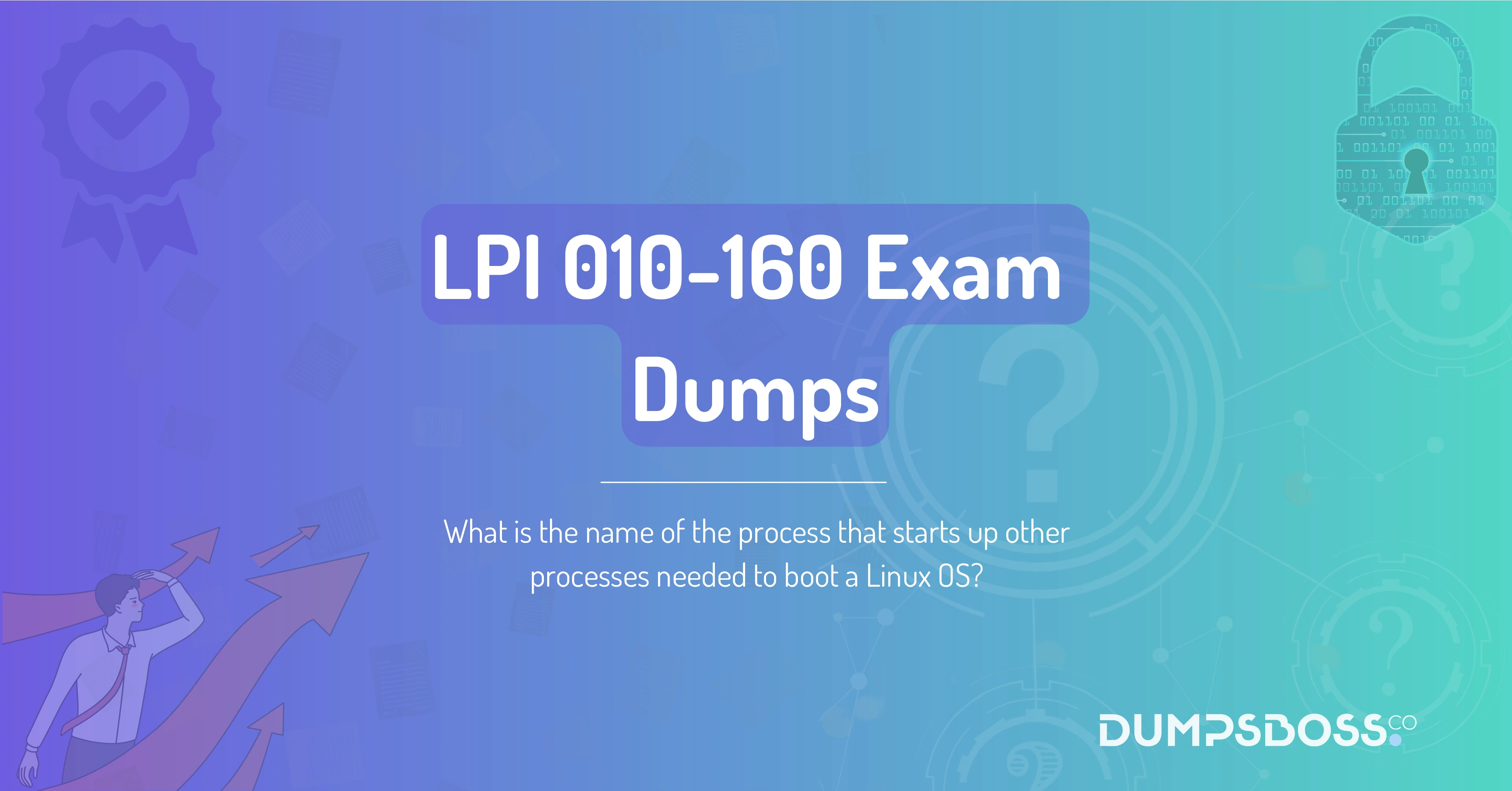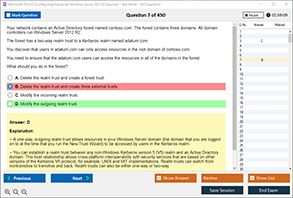Introduction to the LPI 010-160 Exam
The Linux Professional Institute (LPI) is widely recognized for its certification programs that validate a candidate's skills in Linux system administration. One of the foundational exams offered by LPI is the LPI 010-160 exam. This exam is designed to test candidates on essential Linux concepts, including the boot process, system architecture, and command-line usage. Aspiring Linux professionals who aim to establish a strong foundation in Linux should consider taking this exam to enhance their knowledge and career prospects.
Definition of LPI 010-160 Exam
The LPI 010-160 exam, also known as the Linux Essentials certification, is an entry-level certification that assesses fundamental Linux knowledge. It is an ideal certification for beginners who wish to validate their Linux skills. The Exam Dumps covers a broad range of topics, including Linux operating system basics, file management, user permissions, the role of the command line, and system administration fundamentals. Understanding how Linux boots and operates is a crucial part of the exam, making topics like the init system and boot process essential for success.
The Role of the Init System in Linux Boot Process
The Linux boot process consists of several stages, and the init system plays a critical role in ensuring a smooth startup. The init system is responsible for initializing the system after the kernel has been loaded into memory. It serves as the first process that starts at boot and continues to run until the system is shut down. The primary function of init is to bring up all necessary services and daemons required for the system to function correctly. Understanding the role of init in the Linux boot process is essential for anyone preparing for the LPI 010-160 exam.
Understanding Different Init Systems
Over the years, different init systems have been developed to improve Linux's boot efficiency and service management. The three main init systems used in Linux distributions are:
- SysVinit: This is the traditional init system used in older Linux distributions. It relies on a series of scripts stored in /etc/init.d/ to start and stop services. SysVinit follows a sequential startup process, which can be slow.
- Upstart: Developed by Canonical for Ubuntu, Upstart was created to address some limitations of SysVinit. It uses an event-driven model, allowing processes to start in parallel, thereby improving boot times.
- Systemd: The most widely used init system in modern Linux distributions. Systemd offers a faster boot process by enabling parallel service startups. It also includes features like socket activation, journaling, and better process management.
Key Functions of the Boot Process Manager
The boot process manager is responsible for handling system initialization. Its key functions include:
- Loading the kernel: Once the bootloader (GRUB, LILO, or another) hands control over to the kernel, the kernel loads the necessary drivers and mounts the root filesystem.
- Starting init: The init system is then executed to begin the startup process.
- Launching system services: Services like networking, logging, and system monitoring are initialized.
- Managing user sessions: After all required services are up and running, the login prompt is displayed, allowing users to interact with the system.
The Linux Boot Sequence
Understanding the Linux boot sequence is crucial for troubleshooting and system administration. The process involves several stages:
- BIOS/UEFI Initialization: The system firmware checks hardware integrity and looks for a bootable device.
- Bootloader Execution: GRUB or another bootloader takes over, allowing users to select a kernel version if multiple are available.
- Kernel Loading: The selected kernel is loaded into memory, initializing hardware drivers and the root filesystem.
- Init System Activation: The init system starts, initializing system services and configuring user environments.
- User Login: Once all necessary services are running, users can log in and start using the system.
Exam Relevance and Study Tips
The LPI 010-160 exam tests candidates on various Linux concepts, including the boot process, init systems, and command-line operations. To excel in this exam, candidates should:
- Understand Boot Process Fundamentals: Learn about the BIOS/UEFI, bootloader, kernel, and init systems.
- Practice with Different Init Systems: Gain hands-on experience with SysVinit, Upstart, and Systemd.
- Master Essential Linux Commands: Know basic shell commands for system management and troubleshooting.
- Use Practice Dumps: Platforms like DumpsBoss offer high-quality practice tests to help candidates familiarize themselves with the exam format.
Conclusion
The LPI 010-160 exam is an excellent starting point for individuals looking to build a career in Linux system administration. Understanding the Linux boot process and the role of the init system is crucial for passing the exam. By studying the boot sequence, different init systems, and their functions, candidates can enhance their Linux knowledge and improve their chances of certification success. For reliable exam preparation resources, DumpsBoss provides comprehensive practice materials that can help candidates achieve their certification goals efficiently.
Special Discount: Offer Valid For Limited Time “LPI 010-160 Exam” Order Now!
Sample Questions for LPI 010-160 Dumps
Actual exam question from LPI 010-160 Exam.
What is the name of the process that starts up other processes needed to boot a Linux OS?
A) init
B) systemd
C) grub
D) kernel


